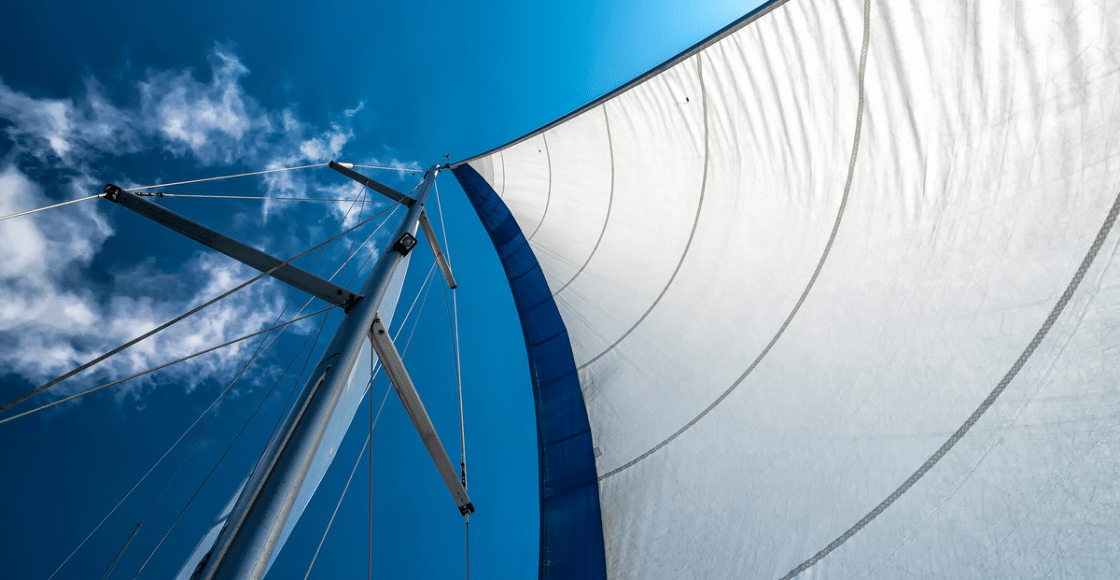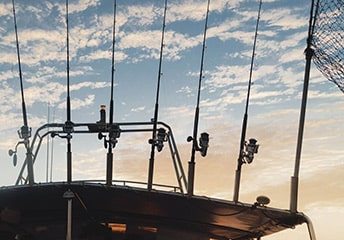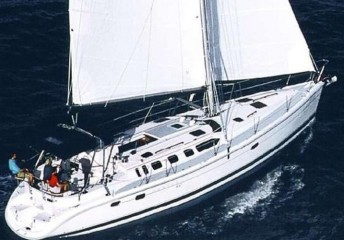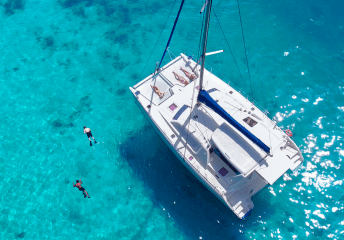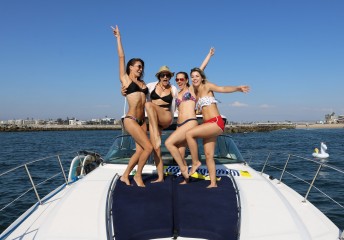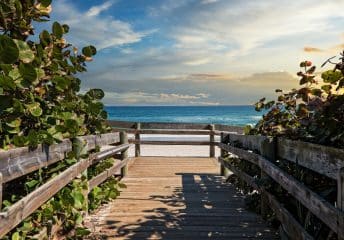Type Of Sails: A Complete Guide
Last Updated on September 29, 2023 by Boatsetter Team
If you are approaching sailing and sailboats from a very beginner’s perspective, then the concept of different kinds of sails can be a strange one. We often believe we see one kind of sailboat with one kind of sail, and our simple minds lead us to believe you are only meant to move them around, and you will get to where you need to go.
However, you would not have landed on this article if you did not suspect that there was more to sails and sailboats. So here, you can have a kind of in-depth, kind of summarized review of the different kinds of sails and the most popular sail and mast configurations out there.
It is also important to understand why there are so many different kinds of sails. When you are out on the water, different weather conditions can occur. Your sail acts as a motor of some sort, moving your sailboat forwards, but your sail is also highly dependent on the wind conditions around it. This is why having different kinds of sails can help you navigate your weather conditions and turn them to your own advantage while sailing.
Different sails also come with different danger levels in case of strong wind, so knowing what kinds you might need to watch out for is also extremely important. So, without further ado, let us get into it.
Mainsail
You may have heard of this one before or seen it portrayed in movies and TV shows. As the name suggests, the mainsail is the most popular kind of sail on any sailboat, and they are found behind the mast. They are also attached to the boom. Because they take up so much space on your sailboat, they are also one of the most important sails to take care of and keep an eye on.
Since the mainsail is such a large sail, it does not require too strong a wind to propel it forward, as its large surface area will easily catch a breeze. At the same time, the fact that it can be moved around by moving the boom makes it, so it is easy to steer. This makes it so that the mainsail is the most important sail on your sailboat.
Headsail/Jib
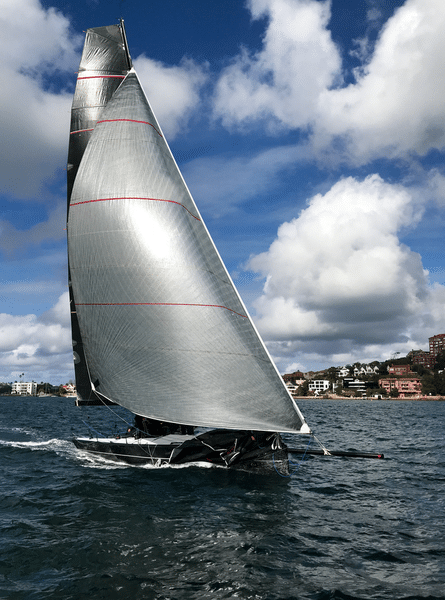
The headsail, or the jib, is likely the second most popular kind of sail found on sailboats. This is because it often accompanies the mainsail, the most popular kind. On all sailboats, the headsail is put at the front of the mast over the sailboat’s bow. It is always a smaller sail than the mainsail.
The fact that the headsail is smaller can be especially useful if you are caught in strong winds. In this situation, you likely do not want to use your mainsail (or trim it as much as possible) to move slower and not be thrown around by the winds. Smaller sails catch less wind, meaning they do not propel your boat as strongly as larger sails.
Having a good headsail can be an incredible safety measure, especially if the seas you are trying to sail are known to be wild and unpredictable.
Genoa
You may have seen a genoa sail before if you have been around boats or have ever lived in a coastal town. This kind of sail is a large sail that you can attach to the front of the forestay (similarly to the headsail). This is a larger sail than the headsail and can even cover the mainsail either partially or completely. For this reason, the genoa also used to be called an “overlapping jib.”
You should use a genoa if you are sailing through either light or medium winds and if your sailboat is at a dead run point of sail (this means that the wind is coming directly from the rear. If you attempt to use a genoa sail in stronger winds, you might start going too fast and put yourself and your boat at risk since it is such a large sail. So, it is important to be careful.
Spinnaker
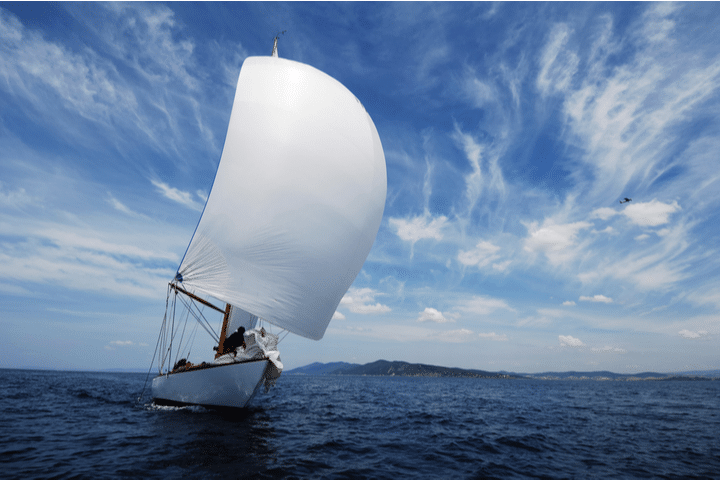
The spinnaker is the most whimsical kind of sail since it is a large and colorful kind. They are also often symmetrical, which means they are more appropriate for reaching different points of sail, such as the running point of sail. They are lighter sails, and they do not cover the mast as the genoa sail does. You do not attach a spinnaker to the forestay and instead let it stretch out past the boat’s bow.
The large surface area of the spinnaker means that you have to be even more careful than with others on the kind of conditions you choose to use this sail in. If the winds are too strong, you could be putting yourself and your passengers at serious risk using this sail, so you should choose to use it only at times when the wind is low or in seas that are known for their low winds and tranquility.
Gennaker
As the name suggests, the gennaker sail mixes the genoa sail and the spinnaker sail. These kinds of sails are more recent inventions. They are as large as the spinnaker sail, but they are not symmetrical. Unlike the genoa or the headsail, they are also not meant to be attached to the forestay, like the spinnaker sail.
The usefulness of this sail is that if the winds change from a pure dead run to a reaching point of sail, then sailors do not have to resort to using a spinnaker from a genoa, instead of being able to take advantage of different winds while still using the same sail as they were before. This kind of sail is still only meant for lighter and milder winds, but there is more flexibility with the gennaker than the genoa and the spinnaker sails.
Popular Sail and Mast Configurations
There are many different ways to place the sails we have learned about in the above section. We have compiled a list of some of the most popular ones so you can understand how these sails can be used to make a sailboat move through the oceans.
Sloop
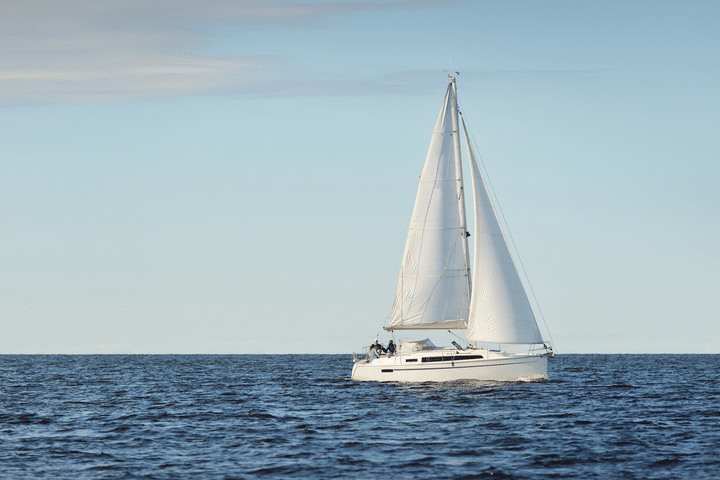
A sloop is by far the most popular configuration. It features a single mast, double sail (the mainsail and the headsail), and mast configuration. The headsail is located from the forestay on the mast to the top of it. The type of headsail used can also vary from a genoa, a spinnaker, or a gennaker sail.
Fractional Rig Sloop
A fractional rig sloop also features a single mast with a double sail setup similar to a sloop. However, what makes the fractional rig sloop different is that the forestay does not reach the top of the mast. This means the headsail is constricted to a smaller amount of surface than on a regular sloop, making it so that your sailboat captures less wind and moves slower.
Cutter
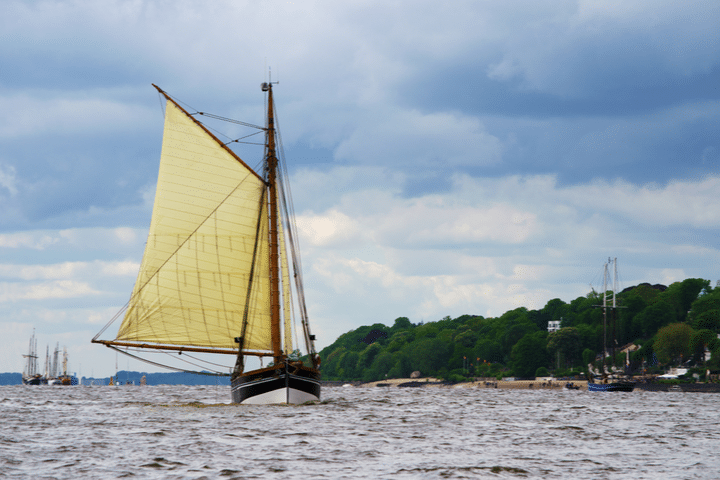
Cutters are interesting because they’re like a sloop but with a second forestay. This can be useful because it allows them to carry two headsails (a mainsail and one of the jibs). Cutters are good for cruising because they offer a range of wind options, giving you more time to get from place to place.
Ketch
This is a less common mast configuration than previous others on this list. This is because a ketch features two masts. There is a larger mast fit for the mainsail and the headsail and a smaller mast between the mainmast and the stern (the rear) of the boat. This kind of mast configuration is more commonly found among Northern European freighters or fishing boats. This mast configuration is also called the mizzen mast.
Schooner
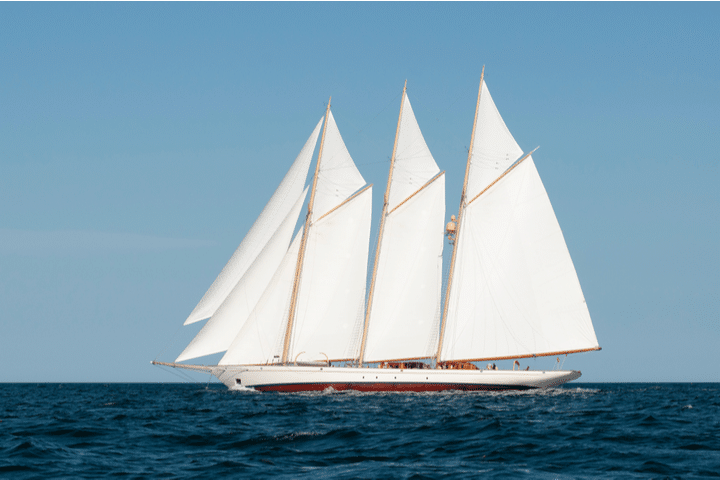
A schooner mast configuration features two or more masts. This is similar to the previous configuration, the ketch. It also features multiple sails. While a ketch’s aft mast (also known as the rear mast) is higher than the forward mast, a schooner’s aft mast is shorter than the forward mast. A schooner can also have up to six masts (although two are the most common). These are the main differences between the two.
Yawl
This one is quite similar to a ketch mast configuration (mentioned above). The only real difference between them is that the mizzen mast is put directly behind the sailboat’s rudder post in a yawl.
Cat
A cat sail will have one mast and one sail. The mast is put at the bow of the sailboat. This kind of mast configuration is often found on smaller boats, more specifically on dingy boats. Boats with the cat mast configuration are also often called catboats.
Final Verdict
Having the appropriate kind of sail on your sailboat is incredibly important. At the same time, being aware of the kinds of sails that there are and the kind of sail and mast configuration can make you into a more well-rounded and informed sailor. With that in mind, we hope that you leave this article feeling more confident in your skills when you are out at sea.

Boatsetter empowers people to explore with confidence by showing them a world of possibility on the water. Rent a boat, list your boat, or become a Boatsetter captain today.
